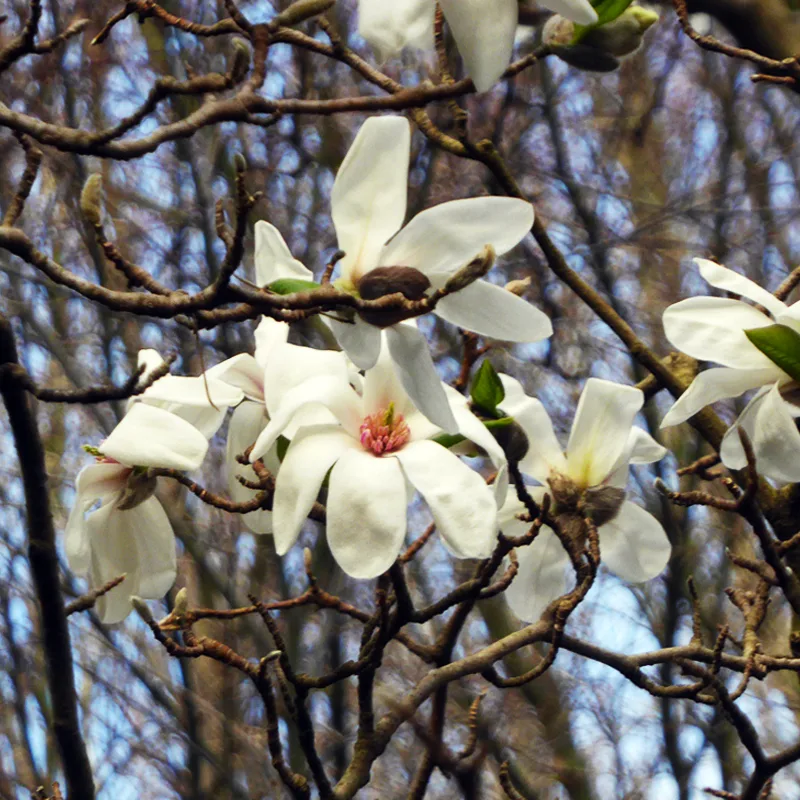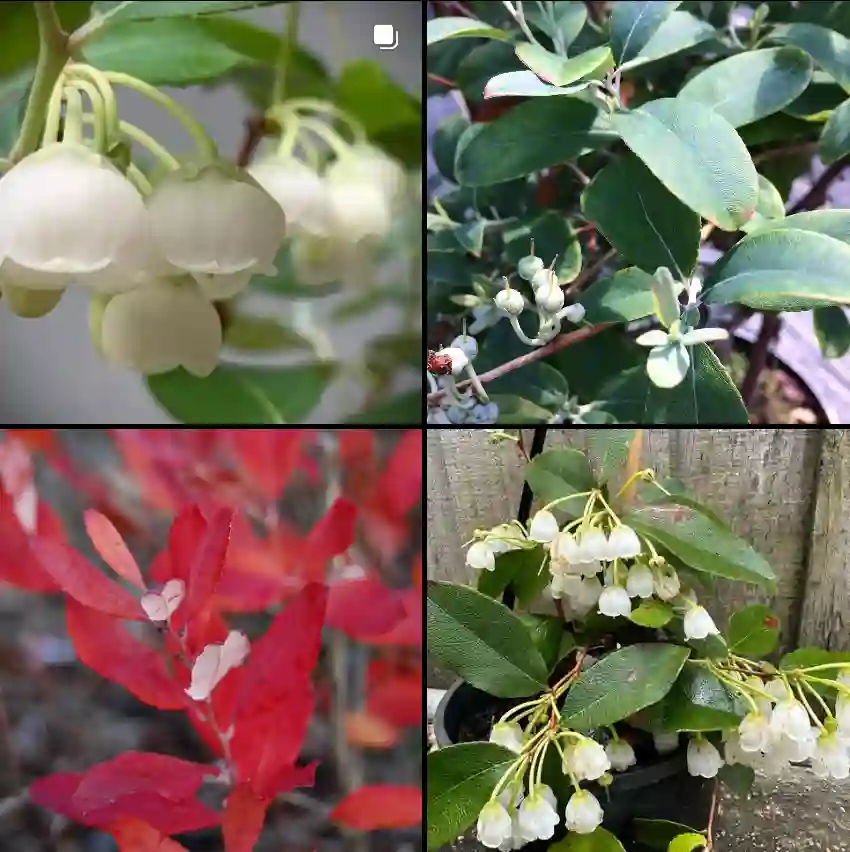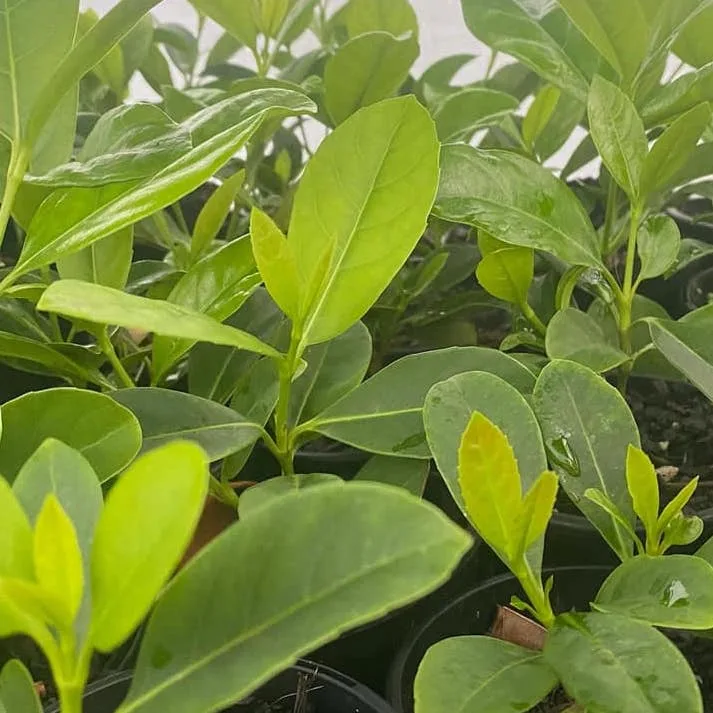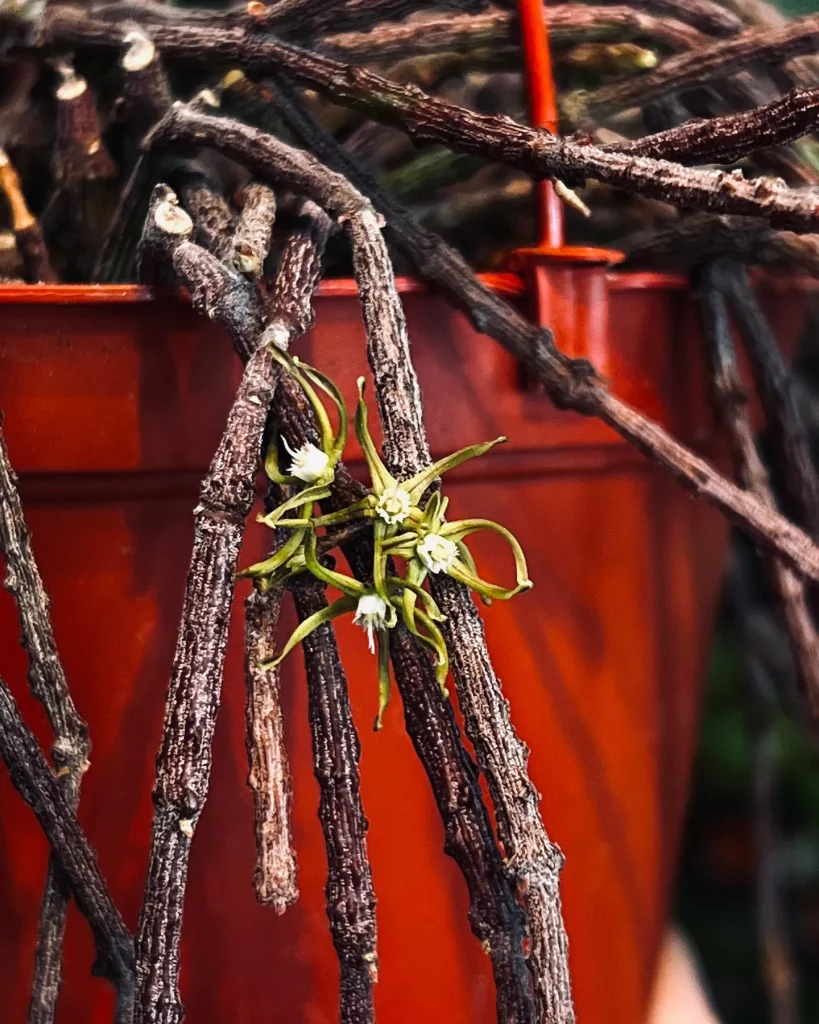Exploring the Gomortegaceae Family: A Personal Journey
As a plant enthusiast, my fascination with different plant families often leads me down intriguing paths. One such family that has caught my attention is Gomortegaceae. This family may not be the most well-known, but its uniqueness and the remarkable qualities of its only genus, Gomortega, are worth exploring.
Understanding the Gomortegaceae Family
The Gomortegaceae family is a small group of flowering plants primarily native to South America, particularly in Chile and Argentina. This family comprises a single genus, Gomortega, which includes a few species. I’ve learned that Gomortegaceae stands out because of its specific ecological requirements and adaptations, making it a unique subject of study.
Gomortega is part of the order Buxales, which also includes more familiar families such as Buxaceae (the boxwood family). What I find fascinating is the evolutionary path that has led to the distinct characteristics of Gomortega. The family’s members are generally trees or shrubs, thriving in temperate rainforests and showcasing an array of features that help them adapt to their environment.
Characteristics of Gomortega
One of the first things that drew me to Gomortega is its unique morphology. The leaves are usually alternate, simple, and entire, which means they have smooth edges without any lobes or serrations. This feature gives them a graceful appearance, especially when the sunlight filters through the forest canopy.
The flowers of Gomortega are also noteworthy. They are typically small and often grouped in axillary clusters, with a structure that is both intricate and beautiful. During my observations, I found that the flowers have a distinctive smell, attracting various pollinators. This aspect of Gomortega highlights the important role it plays in its ecosystem, supporting local wildlife.
Ecological Significance
Gomortega species are integral to their habitats. They often grow in rich, moist soils that are characteristic of temperate rainforests. I’ve learned that these plants contribute to the forest structure by providing shade and shelter for smaller species. This relationship between Gomortega and other flora and fauna emphasizes the interconnectedness of ecosystems.
During my visits to Chile, I witnessed firsthand how these trees create a microhabitat for various organisms. The fallen leaves and decomposing matter from Gomortega serve as a nutrient source for the soil, promoting a healthy ecosystem. I couldn’t help but appreciate how a single family could impact so many other living organisms.
Cultivation and Conservation
Cultivating Gomortega is not common, primarily due to its limited distribution and specific environmental needs. I’ve often wondered about the potential of growing Gomortega outside its native range. While it might be challenging, I believe that with the right conditions—adequate moisture, shade, and well-draining soil—it could thrive in other temperate regions.
The conservation of Gomortega is crucial, especially considering the threats posed by deforestation and habitat loss. During my research, I discovered that some species within this family are considered vulnerable due to their restricted range and specific habitat requirements. I’ve joined local conservation efforts aimed at preserving the temperate rainforest ecosystems where Gomortega thrives.
Cultural and Historical Context
The cultural significance of Gomortega is also an interesting aspect I’ve explored. Indigenous communities in South America have utilized various plants for their medicinal properties, and I wouldn’t be surprised if Gomortega has played a role in traditional practices. The rich biodiversity of these rainforests offers endless opportunities for discovering plants with potential benefits for humanity.
In my discussions with local botanists and ecologists, I’ve learned that the study of Gomortegaceae can provide insights into plant evolution and adaptation. Understanding how Gomortega has thrived in a competitive ecosystem can offer clues about resilience and survival in the face of environmental changes.
Personal Reflections
Reflecting on my journey with the Gomortegaceae family, I’m grateful for the opportunity to learn about such a unique group of plants. Exploring Gomortega has deepened my appreciation for biodiversity and the intricate relationships within ecosystems. As I continue my studies, I hope to uncover more about the ecological roles these plants play and their potential applications in conservation efforts.
In conclusion, Gomortegaceae may be a lesser-known family, but its significance is undeniable. From its remarkable characteristics and ecological importance to its role in conservation, Gomortega has much to teach us. As I delve deeper into the world of plants, I look forward to sharing my findings and advocating for the preservation of these extraordinary species.
If i die, water my plants!



